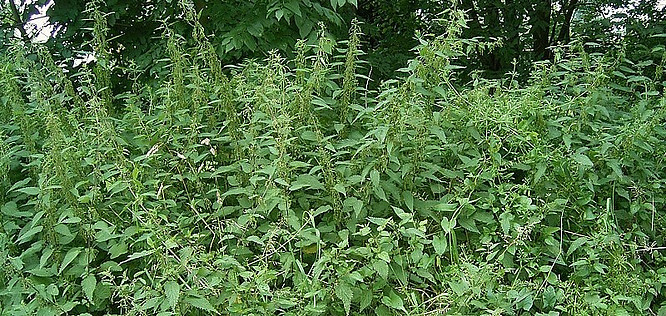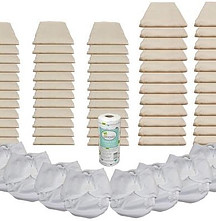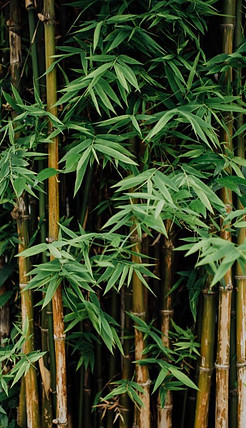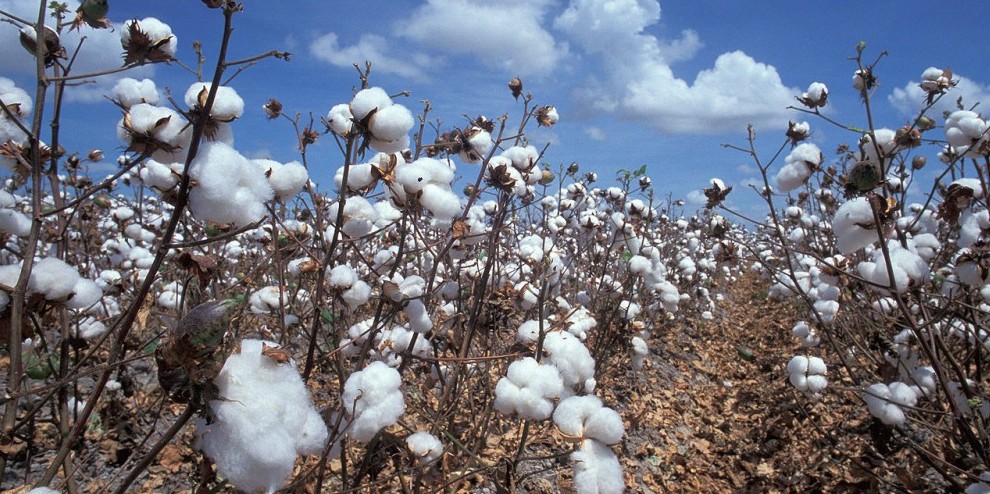The Singer C240 Sewing machine is a computerized machine which is compact. But it has a modern interpretation of a classic sewing machine, perfect for today’s seamstresses.
I learnt to sew more than 50 years ago and the very first sewing machine that I used was a Singer hand sewing machine that belonged to my grandmother. It was a heavy black machine with the Singer logo in gold writing and a big handle on the right-hand side that you turned to make the needle move. My first project was to make clothes for my dollies.
When I got my own first sewing machine, the natural choice for me was Singer. I opted for the first electronic machine that Singer produced at the time. That machine lasted me more than 25 years and it did a huge amount of sewing over that time without ever letting me down.
 Fibers from the common stinging nettle plant have been used since ancient times to produce cloth. Nettle fiber production goes back to the roots of civilization and for more than 2000 years people have worn clothes made from stinging nettle fiber. When cotton arrived during the 16th century, nettle clothing lost their popularity because cotton is easier to harvest and spin. The German army briefly used nettle cloth for their uniforms during the second World War when there was a shortage of cotton.
Fibers from the common stinging nettle plant have been used since ancient times to produce cloth. Nettle fiber production goes back to the roots of civilization and for more than 2000 years people have worn clothes made from stinging nettle fiber. When cotton arrived during the 16th century, nettle clothing lost their popularity because cotton is easier to harvest and spin. The German army briefly used nettle cloth for their uniforms during the second World War when there was a shortage of cotton.



